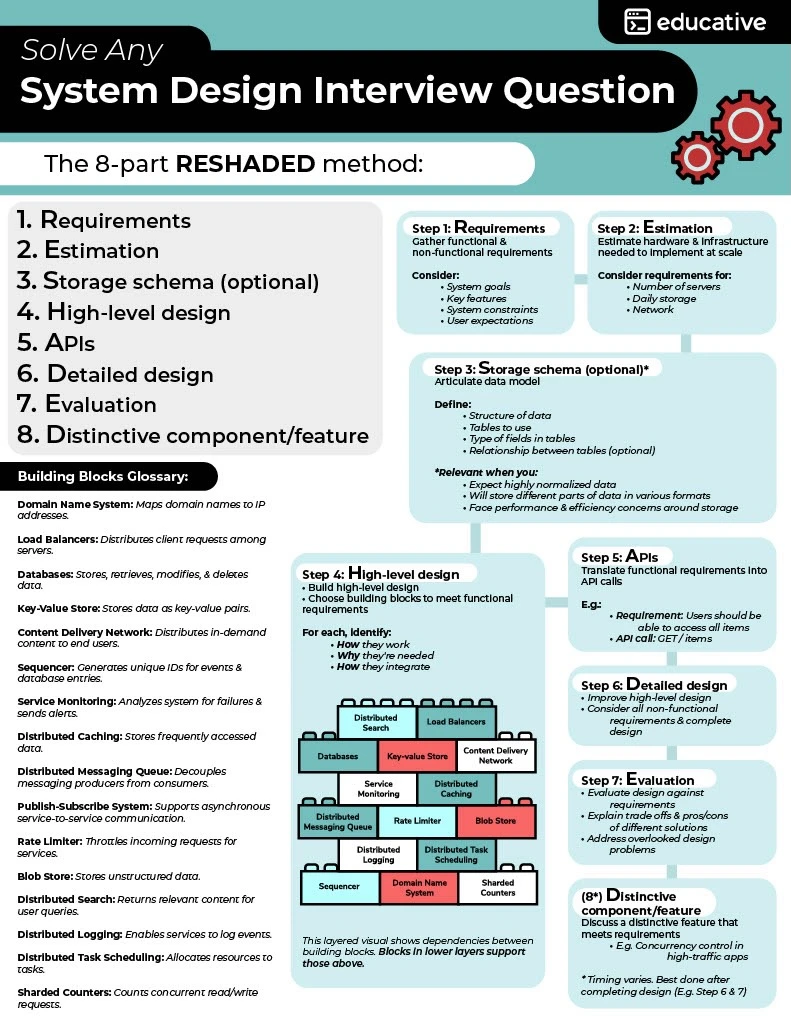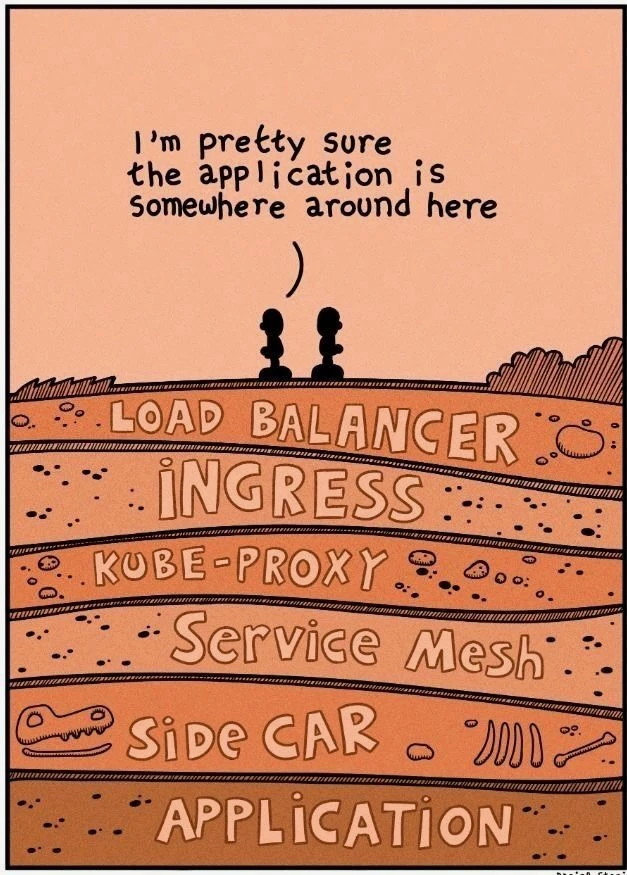Newsletter #006 - The importance of values and skills in job interviews
The pitfalls of the job interview – my thoughts on the job interview and its facets, with a focus on values and cheat sheets for the question-and-answer game.

The second part of my newsletter series, "Knowledge in Pictures," focuses on the job interview. In my opinion, finding a job that suits me—that is, my values and interests—is crucial for a contented and happy life. I can pursue my employment in various forms: traditional permanent employment, self-employment, starting a business, or succession planning.
What all these forms have in common is that I initially conduct (application) interviews with other people, in which I reveal a lot about myself on the one hand, and on the other hand, I want to gather information about my interviewer to compare them with my interests and values. This is true from both the perspective of an applicant and a hiring manager.
Question-and-Answer Game – Part 1, the Right Answers
Countless sources, such as books, videos, or tutorials, help you give the "right" answer in a job interview. And "right" here suggests perfect or optimal, as if it were about impressing the other person, strengthening my negotiating position, or, in the worst case, convincing them of false values—i.e., not my own—to get the job or justify my salary demands.
What are the correct answers? Ultimately, everyone has to decide for themselves. In my opinion, meaningful answers without memorized phrases are ideal. By meaningful, I mean providing concrete examples that relate to the question and the desired position or role. Instead of phrases, I recommend authentic, original formulations to convey my values.
To round out the discussion, the following figure shows a list of classic questions, including the answers to avoid. I find the explanations of why the respective answers should be avoided fascinating. The "better answer" clarifies my approach.

Question-and-Answer Game – Part 2, the Right Questions
It takes two to play the question-and-answer game. As an applicant, I would like to learn something about my future employer, their team, and my position. Two aspects are relevant here: first, asking questions confidently is essential. Second, listening to the answers actively is also important (→ I discussed this topic in more detail in my article about an advanced training course on conflict management and negotiation techniques).
One intends to ask questions; the other is to choose the right questions. Factual information and facts are secondary. Many employers gloss over the work environment they offer, like a sales pitch. I can understand this in times of skilled labor shortages, but I think it's wrong. It doesn't help anyone and is entirely counterproductive. The lies and euphemisms will be exposed during the probationary period at the very latest.
So, what is the priority of the questions? No matter what questions are asked, dig deeper with follow-up questions (often loosely described as in-depth questions) and compare the answers with your inner compass of values. This increases the chances of you being satisfied and happy in the job in the long term.
Below is an overview of the questions and what you should pay particular attention to when answering.

The content provided lets us easily master a job interview with specific questions and answers. However, it doesn't always go that way. Often, there's a very open introduction with the request, "Tell us about yourself."
The Open Introduction
Not everyone can immediately identify the difference between open and closed questioning styles, but we intuitively use the different styles correctly. Trusting one's intuition is incredibly important for self-confidence. Still, I also rely on learned knowledge, especially in such essential situations as an interview for my current dream job or with my ideal candidate.
The open introduction begins with an open question (which, unlike closed questions, cannot be answered with just a yes or no) about myself, my resume, or my career. When I ask this question, my interest is not in factual information (what was done when) but in the justification for the selection (why is this aspect being described to me). Furthermore, I hope that a connection will be made to the current reason for the interview (i.e., the future job). This provides an initial impression of the applicant's skills. Can they listen (recognize the background of my question and the context), select what is relevant to the interviewer from various information (change of perspective), and present the topics coherently (have a common thread)?
To bring this abstract description to life, here's a cheat sheet from Reno Perry, including a link to LinkedIn, which shows a possible answer structure, explains the common thread, and illustrates it with two examples.

To move from the general to the specific and to give the whole thing a technical perspective, here's an example of an interview for a software architect.
The Technical Knowledge
As much as I've emphasized the relevance of soft skills in the previous paragraphs, the position or role you're filling usually requires technical qualifications. In the fast-paced IT world, finding someone who fully covers the tech stack in use is almost impossible. In this context, I assess the applicant's competence on three levels.
The first level is understanding the basics (e.g., what types of databases are there, and which ones do I use for which requirements?). The second level is the willingness to engage in self-reflection (e.g., how did I solve a challenge; what went well? What went wrong, and what did I learn from it?). The final level is demonstrated by using systems, patterns, or templates – by this; I mean the reuse of knowledge for similar challenges.
I consider the last level to be exceptional. Based on the fundamentals and experiences gained through reflection, I am gradually gaining the knowledge that is the prerequisite for the targeted reuse of processes and building blocks.
The following graphic illustrates this point. Educative's "RESHADED" method shows, on the one hand, the procedural steps for analyzing a system architecture and, on the other hand, the well-defined components (building blocks) that must always be aligned with the architecture's requirements.

If I can master such templates for my field, I can compensate for my knowledge gaps in the tech stack used and evaluate, improve, and support the system.
Conclusion
The interview is a significant first step for everyone involved. I believe transparency and honesty on both sides are essential for a good collaboration. Without this prerequisite, everything else is irrelevant.
For the employer, this means having a clear picture of the position and presenting the work environment as it is. If I'm glossing over this, it would be appropriate to initiate the proper measures within the company to achieve the desired outcome and thus also benefit current employees.
I think it's a good idea for employees to prepare with the facts: salary expectations, vacation time, working hours, and location. If there's agreement on these points, a values' comparison can be used to clarify whether a collaboration makes sense. We've learned a few ways to determine this. As is so often the case, it's about the fundamentals of communication—active listening, changing perspectives, appreciation, empathy, analysis, and understanding.
Even if we consider all the tips from this post, it's no guarantee of a successful interview. However, the signs are good. And once we've found the new job as a systems architect, we're not immune to the situation outlined below—because that's an entirely different challenge 🤭.

Link Recommendations
Link 1: Writing Better Copy
For Scott Adams, a one-day seminar was enough to become a better copywriter. In summary, he reads 272 words in two minutes. Here's his article.
It takes longer to understand the content. To help me, I found a Medium article by Tony U. Francisco. It explains Scott's points in detail.
Link 2: The Blog Weeks 2025
I was referred to the article about the blog weeks as a recommendation. I've only been writing for a few months. I find it fascinating that others have run their blogs for over 20 years. I see the list of article titles as fascinating and will use it as a source for future posts.
Server Side Stories
Since the last newsletter, two more episodes of my podcast "Server Side Stories" have been released. You can find details here:
-
Episode 11: A good work environment has a direct impact on our productivity and well-being. For example, if we are briefly distracted, it can take up to 15 minutes to get back into the flow. A suitable environment is crucial to solving complex topics and getting into the "tunnel" in which we can work focused.
-
Episode 12: Welcome to a new episode from Server Side Stories! In this episode, we take you on a trip to the creation of Sociabli, our new service, which enables content creators to easily share your contributions between different social networks.
You can subscribe to the podcast on Spotify and Apple Podcast – the podcasts are German.
Forecast
In the second part of the series, we looked at the topic of job interviews. After gaining some knowledge and now starting a new job or having a new employee on board, there are usually many meetings scheduled in the first few weeks. And this is precisely the topic we'll be addressing in our upcoming newsletter in mid-May.
Thank you for reading my newsletter.
All the best – Mark